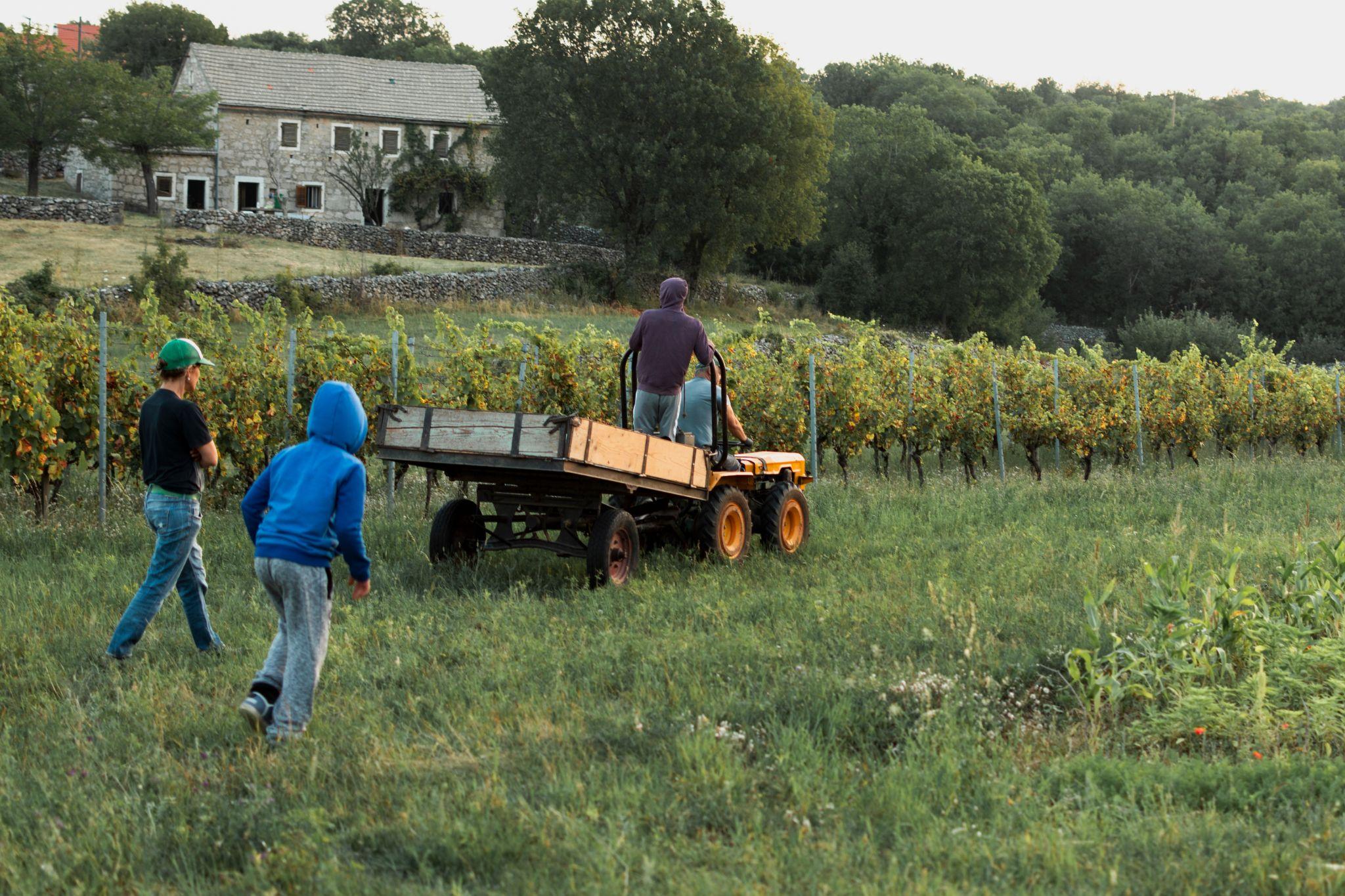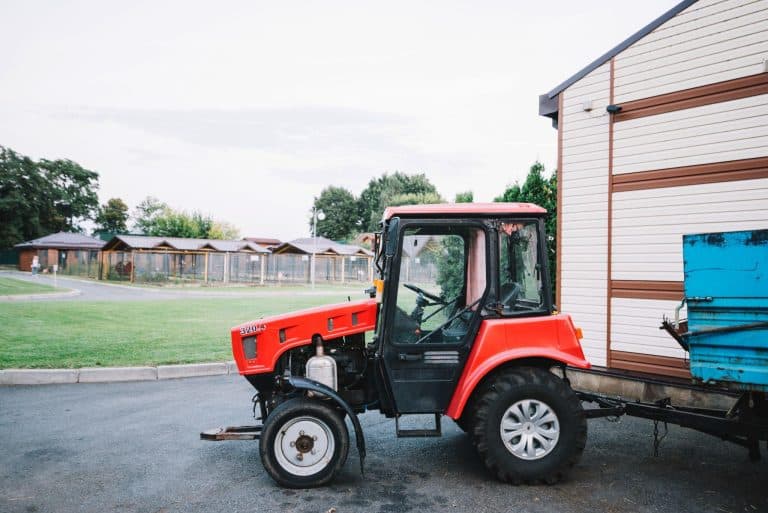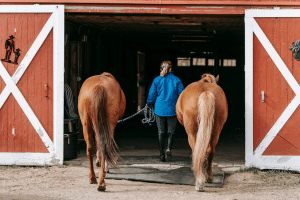Transporting garden equipment may seem simple, but it carries risks if not done carefully. Trailers, lawn mowers, utility carts, and other tools are essential for gardening, yet moving them from one location to another can lead to accidents or damage if not managed properly. Gardeners need to be mindful of the weight, balance, and securement of their equipment. Careless towing can result in vehicle accidents, damage to tools, or personal injury.
Even a short trip can pose risks if preparation is overlooked. For example, a poorly secured lawnmower could shift during transport, causing scratches, broken parts, or even tipping over. Planning and preparation are key to reducing these risks. By taking small but important steps before, during, and after transport, gardeners can protect themselves, their vehicles, and their tools. This guide provides practical advice for towing garden equipment safely and confidently.
Preparing Your Vehicle and Trailer
Before taking any equipment on the road, it is important to check both the towing vehicle and the trailer. Start by confirming the vehicle’s weight capacity and the trailer’s rating. Exceeding these limits can strain the engine, brakes, and tires, increasing the chance of an accident. Most vehicles have this information in the owner’s manual, and trailers usually have a label showing maximum load weight.
Inspecting tires, lights, and brakes is another simple step that can prevent serious problems. Tires should be fully inflated and free from cracks or bulges. Make sure all lights, including brake lights and turn signals, are functioning correctly. Brakes need to respond smoothly, and any unusual noises should be checked immediately. A small inspection before each trip can save time, money, and stress.
Securing all garden tools and materials is also critical. Loose items in a trailer can shift during transport, causing imbalance or damage. Use straps, bungee cords, or nets to keep equipment in place. Even small objects like shovels or pots can become hazards if they slide around. A stable load reduces the chance of accidents and makes towing easier.
Proper Hitching and Load Management
Correct hitching is essential for safe towing. Always double-check that the trailer is properly hitched and locked to the vehicle. Safety chains should be connected and arranged so they won’t drag on the ground. The hitch height must also be adjusted to keep the trailer level. A trailer that tilts up or down can sway dangerously, especially at higher speeds.
Load distribution is another important factor. Heavy items should be placed low and toward the center of the trailer. This helps prevent swaying and keeps the trailer stable on the road. Uneven weight can make it difficult to control the vehicle, especially when turning or stopping. Avoid stacking heavy items too high, as this increases the risk of tipping.
Overloading the trailer is a common mistake. Even if the vehicle seems capable, extra weight strains tires and brakes, which can lead to accidents. If you have more equipment than the trailer can safely handle, make two trips rather than risk an unsafe load. Using multiple trips may take more time, but it is far safer than risking damage or injury.

How to Drive Safely with a Trailer
Driving with a trailer requires extra attention and adjustment. Slow down and leave extra space between your vehicle and others to allow for safe stopping. Turns should be wider to prevent the trailer from hitting curbs or other obstacles. Sharp turns at higher speeds can cause trailers to sway or tip.
It is also important to monitor the behavior of the trailer while driving. If you notice swaying, bouncing, or unusual movement, reduce speed and check the load. Weather conditions like rain, ice, or strong winds can affect control, so always adjust driving according to the road conditions. Avoid sudden maneuvers, including abrupt braking or quick lane changes, which can destabilize the trailer.
Gardeners should follow safety tips for towing, including keeping both hands on the wheel, using mirrors frequently, and anticipating stops well in advance. Checking mirrors every few seconds helps track the trailer’s movement and ensures nothing falls off during transit. Additionally, using lower gears when going downhill helps control speed without over-relying on brakes, which can overheat.
Planning your route also contributes to safer towing. Choose roads with fewer tight turns, lower traffic, and minimal hills whenever possible. Avoid areas with narrow lanes or sharp curves, which can be risky when towing larger trailers. Careful route planning reduces stress and makes driving more predictable.
Tips for Handling Different Types of Garden Equipment
Different types of garden equipment require slightly different towing approaches. For example, lawn mowers and utility carts often have moving parts that need extra securing. Make sure blades are disengaged or covered and that any loose attachments are removed. For larger trailers carrying soil, mulch, or potted plants, distribute weight evenly to prevent shifting.
Trailers with multiple compartments should have heavier items in the front compartments to maintain stability. Light items, like empty pots or small tools, should go toward the rear. This simple adjustment can reduce swaying and make the ride smoother for both the driver and the trailer.
Additionally, if using a trailer with ramps, make sure they are fully secured before moving. Unlocked ramps can cause the trailer bed to tilt, leading to accidents. Small details like this often make the difference between a smooth trip and damage to your equipment.
Post-Transport Checks and Maintenance
After transporting equipment, inspect the trailer, hitch, and vehicle. Look for signs of wear or damage that may have occurred during the trip. Check tires for scratches or punctures, bolts for looseness, and lights for functionality. Early detection of problems can prevent accidents on future trips.
Cleaning and properly storing garden tools after transport is also important. Remove dirt, dry wet items, and place tools in a safe location. Well-maintained tools last longer and are easier to transport. For trailers, cleaning after trips prevents rust and keeps moving parts functioning smoothly.
Regular trailer maintenance is another key factor in long-term safety. Lubricate moving parts, check brakes, replace worn components, and inspect electrical wiring. A well-maintained trailer is less likely to fail unexpectedly and provides peace of mind every time you tow.
Conclusion
Safe towing is a vital part of gardening. Taking the time to prepare your vehicle and trailer, distribute loads correctly, drive carefully, and maintain equipment afterward can prevent accidents, damage, and injuries.
By following these steps, gardeners protect both themselves and their tools. Regular attention to preparation, driving, and post-transport care makes towing predictable, safe, and stress-free. Making towing safety a routine part of gardening ensures equipment stays in good condition, and every trip is as smooth as possible.













